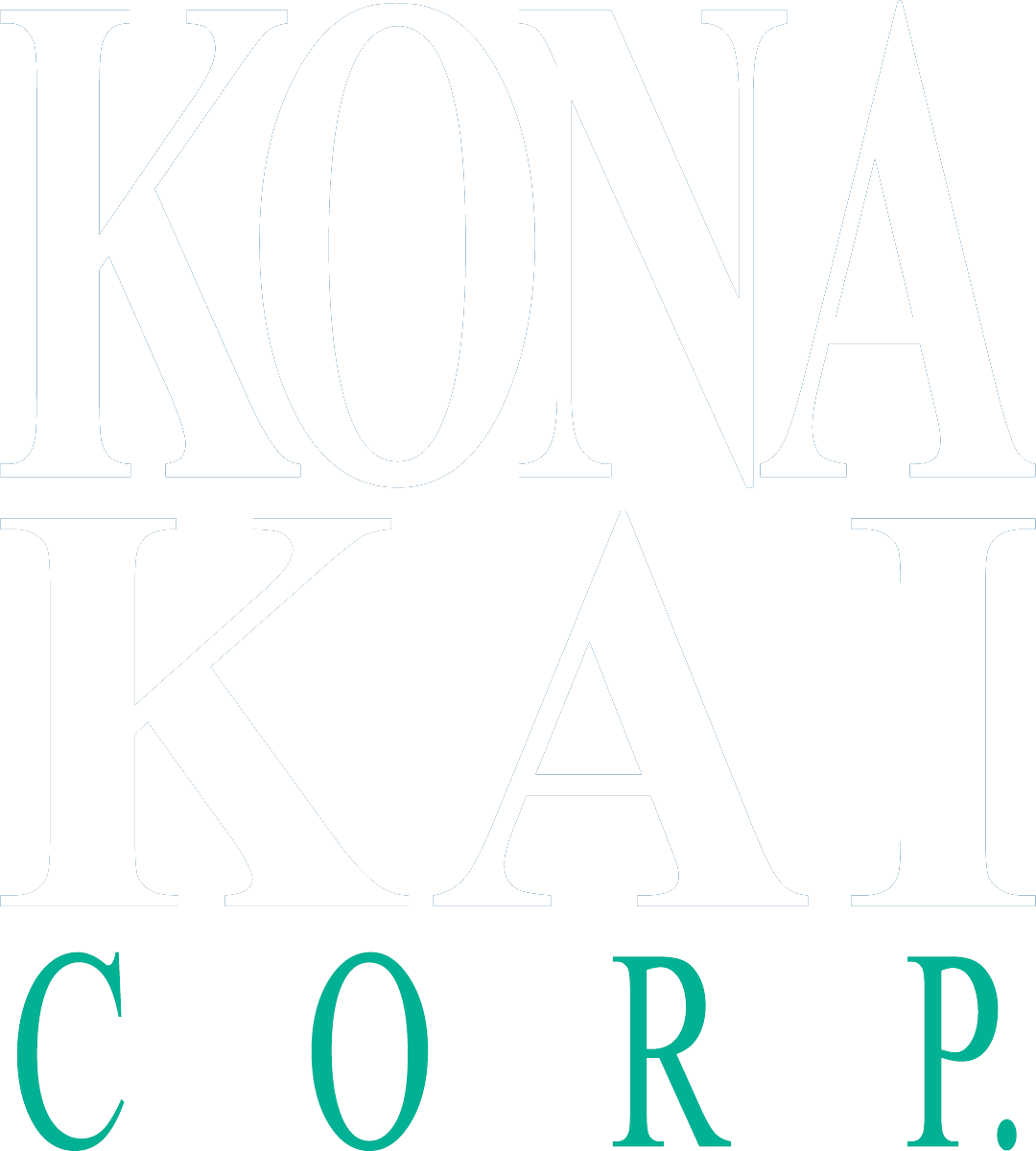UX Best Practices: Designing Exceptional User Experiences
Content contribution by
Julia Sim, Senior User Experience Designer
User Experience (UX) encompasses the way users interact with and experience a product, system, or service. It includes utility, ease of use, and efficiency. While UX focuses on the overall journey and satisfaction of the user, User Interface (UI) refers to the visual and interactive elements of a system. Together, they create a cohesive design strategy, but UX ensures the system truly meets user needs on a functional level.
Essential UX Best Practices: Design Strategies That Truly Work
Here are UX best practices to guide your design strategy, optimized for success.
1. Research Matters
Successful UX begins with thorough research. Understanding roles, goals, and pain points in the current state allows designers to identify areas for improvement in future designs.
Roles: Creating Personas
- Personas represent your users and help the design and development teams step into their shoes.
- By building empathy, teams gain a deeper understanding of user needs.
- Personas prioritize and focus design efforts on the most critical features.
- They guide usability testing, helping identify roadblocks in user interactions.
Goals: Understanding User Processes
- Each persona’s work processes and required data should drive the design.
- The design must align with human workflows, even if the technology’s capabilities suggest otherwise.
- Systems should serve users, not force users to adapt to the system.
Pain Points: Addressing User Challenges
- Knowing the primary issues faced by users allows designers to mitigate these pain points in the new system.
- Resolving frustrations fosters acceptance of the updated system and creates a happier, more productive team.
2. Focus on Simplicity and Clarity
A great UX design avoids clutter and information overload. Present only the necessary features and information to help users complete tasks efficiently. By reducing cognitive load, you ensure a smoother and more enjoyable user journey.
3. Balance Human and Business Needs
A great user experience doesn’t mean sacrificing business objectives. However, prioritizing human needs ensures long-term success:
- A good human experience that doesn’t align with business goals is ineffective.
- A business process without a good human experience may survive, but it won’t thrive.
To balance these effectively:
- Understand Stakeholder Priorities: Collaborate with business leaders to identify key objectives and ensure they are integrated into the UX strategy.
- Bridge the Gap: Use user research and data to find overlaps between user needs and business goals. Highlight where improved UX directly supports business KPIs like revenue growth, retention, or productivity.
- Create Scalable Solutions: Design systems that adapt to evolving user needs while supporting business growth.
- Test for Alignment: Regularly evaluate whether the UX is meeting both user and business needs through analytics, user feedback, and A/B testing.
By maintaining this balance, you create a win-win scenario where both users and the organization thrive.
Ready to Improve Your UX?
Is your current system falling short of expectations? Are users struggling with inefficient processes or excessive complexity? By addressing these pain points and focusing on user needs, you can create a system that’s both effective and enjoyable.
Our team specializes in transforming systems to align with business and user goals. Let’s collaborate to design a seamless, intuitive experience that boosts productivity and satisfaction.
INSIGHTS












